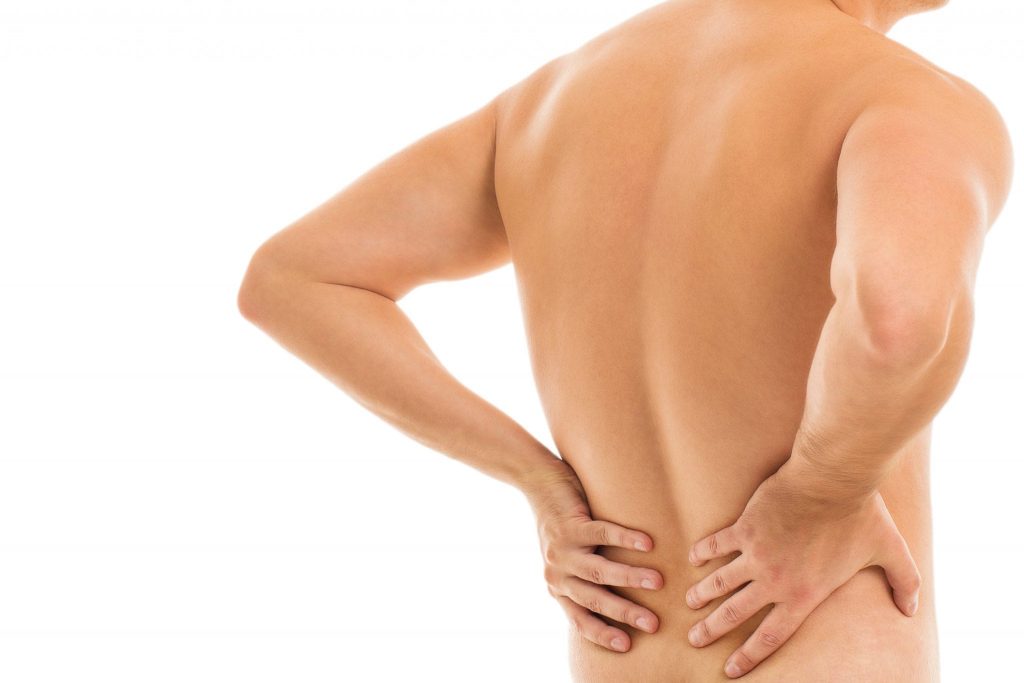
Pain along the spine can have several causes. But the main and most common of them is muscle spasm.
In the thickness of the muscle is a large number of small nerve endings and blood vessels, which can be irritated due to mechanical compression, which causes a feeling of pain, a feeling of “pinching” in the back.
Evolutionary tension of the back muscles has a protective character: protecting the elastic intervertebral disc from excessive load, but in some cases, this mechanism can be harmful.
The most common causes of muscle spasm that can cause back pain are:
1. Strong and/or prolonged mechanical stress, including static (long stay in one position, heavy lifting).
2. Sedentary lifestyle. Any organ, including muscle, is better filled with blood when it fully works. Decreased blood flow into the muscle makes it more prone to painful spasm.
3. Strong temperature effects or temperature or humidity differences.
4. Posture irregularities: the spinal column is the shock-absorbing structure of our body. Unfortunately, for many people, this shock absorber is irregular in shape due to the inborn features of the spine. In this case, the load along the back is unevenly distributed and some muscle groups are overloaded.
5. Violation of the work of internal organs. The liver, kidneys, pancreas, intestines can release an excessive amount of substances harmful to the body into the blood if they are in an unhealthy state. In this case, both muscles and nerve endings become more sensitive to all negative effects.
6. The weakness of the intervertebral discs. The intervertebral disc is an elastic layer between the vertebrae that softens the mechanical load on the spine. Due to congenital features or due to a lack of nutrients in many people, the intervertebral discs are more sensitive to stress, can become inflamed, become thinner, form hernias, which also leads to muscle spasm and back pain.
The intervertebral disk itself in most cases cannot be a source of pain since normally it contains neither nerves nor blood vessels, and nutrients enter it by diffusion (soaking).
Picture Credit: Freepik
